Trails to Oishii Tokyo
(2019)Streaming Episode Guide

Season 6
TOFU
Episode 22 - 12-18-2024

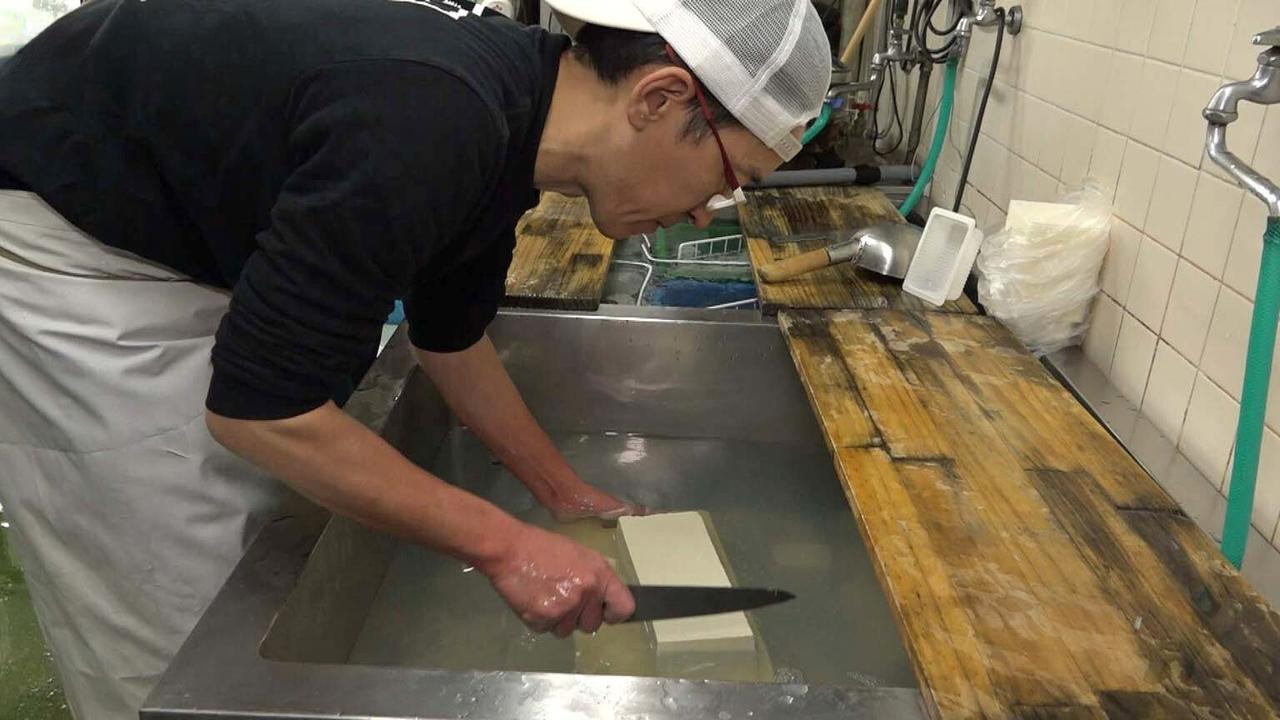
KABOCHA
Episode 21 - 12-04-2024


KUE
Episode 20 - 11-20-2024

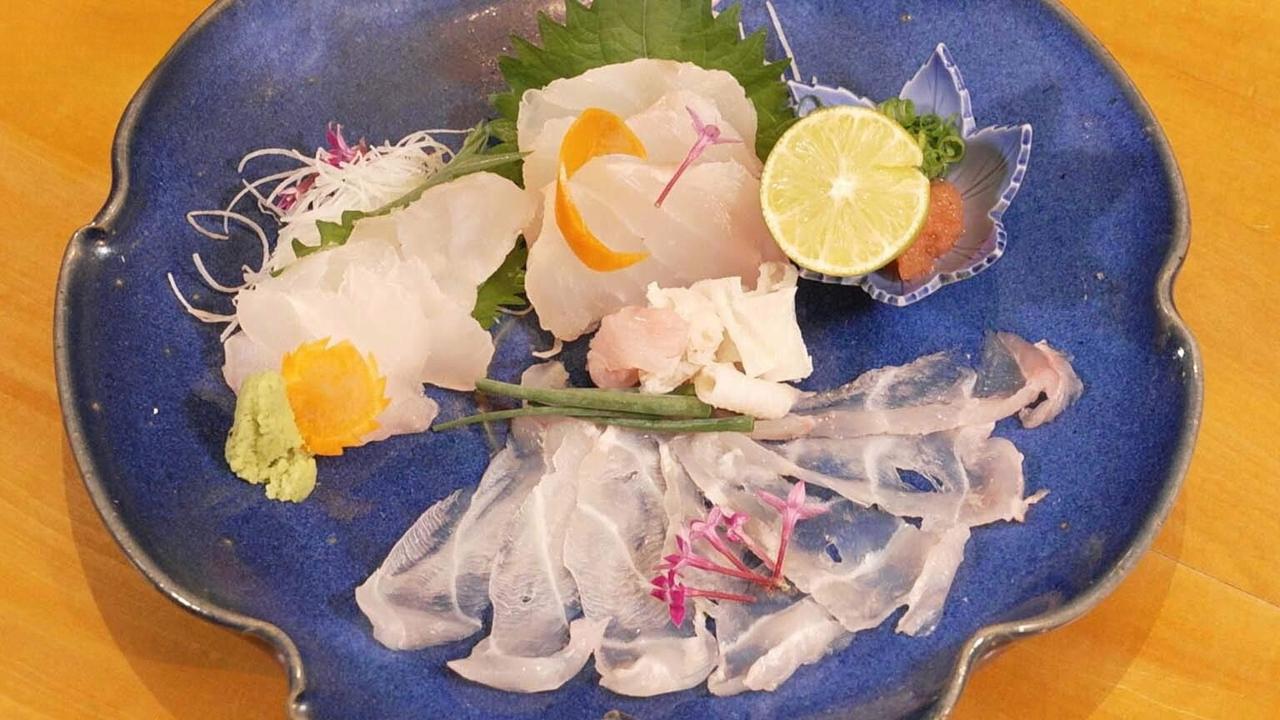
EDAMAME
Episode 19 - 10-30-2024


TOMATO
Episode 18 - 10-16-2024

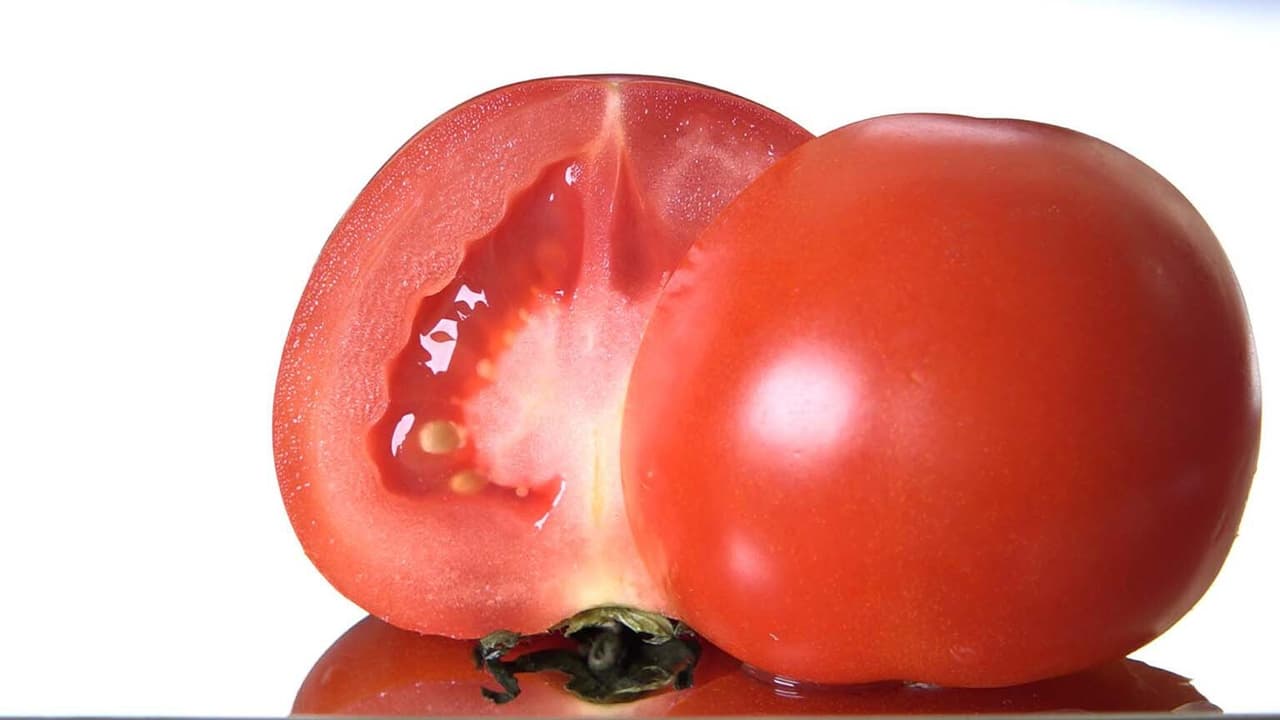
RICE FLOUR
Episode 17 - 9-25-2024


OCTOPUS
Episode 16 - 9-11-2024


SHISO
Episode 15 - 8-28-2024


ENOKI
Episode 14 - 8-14-2024


ASPARAGUS
Episode 13 - 7-24-2024


RAKKYO
Episode 12 - 7-10-2024


MELON
Episode 11 - 6-26-2024

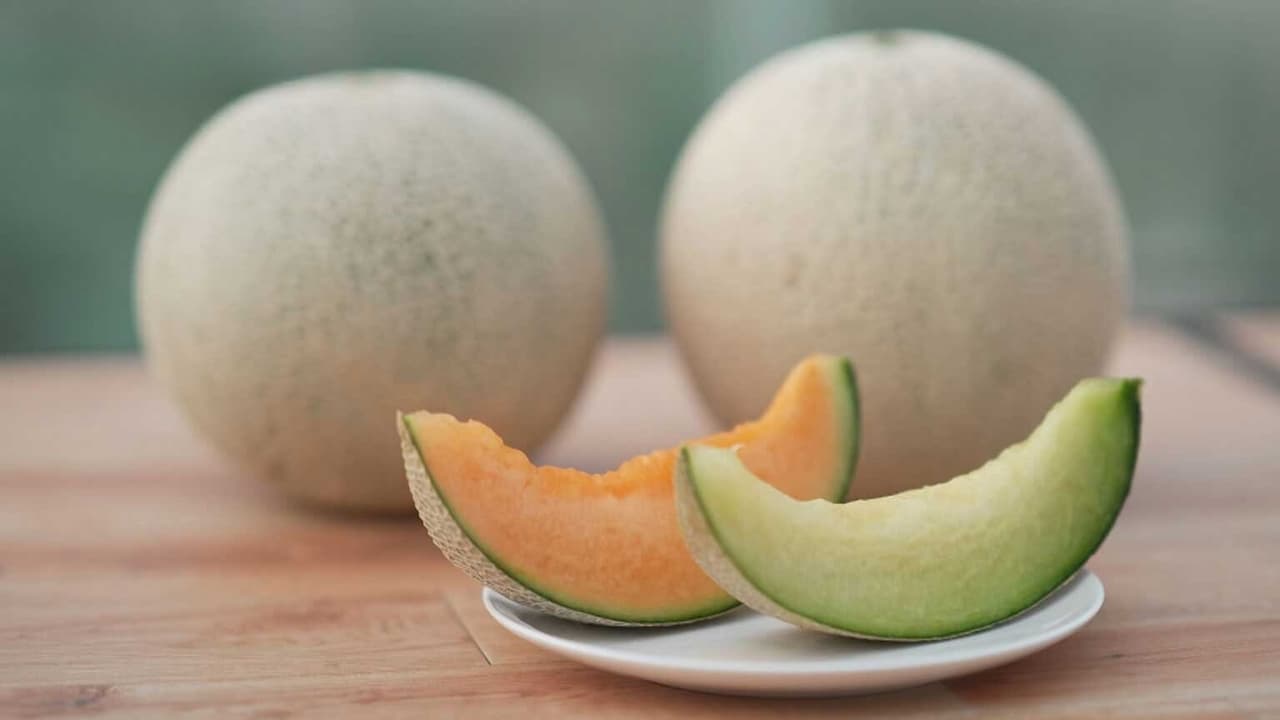
SPRING OYSTERS
Episode 10 - 6-12-2024

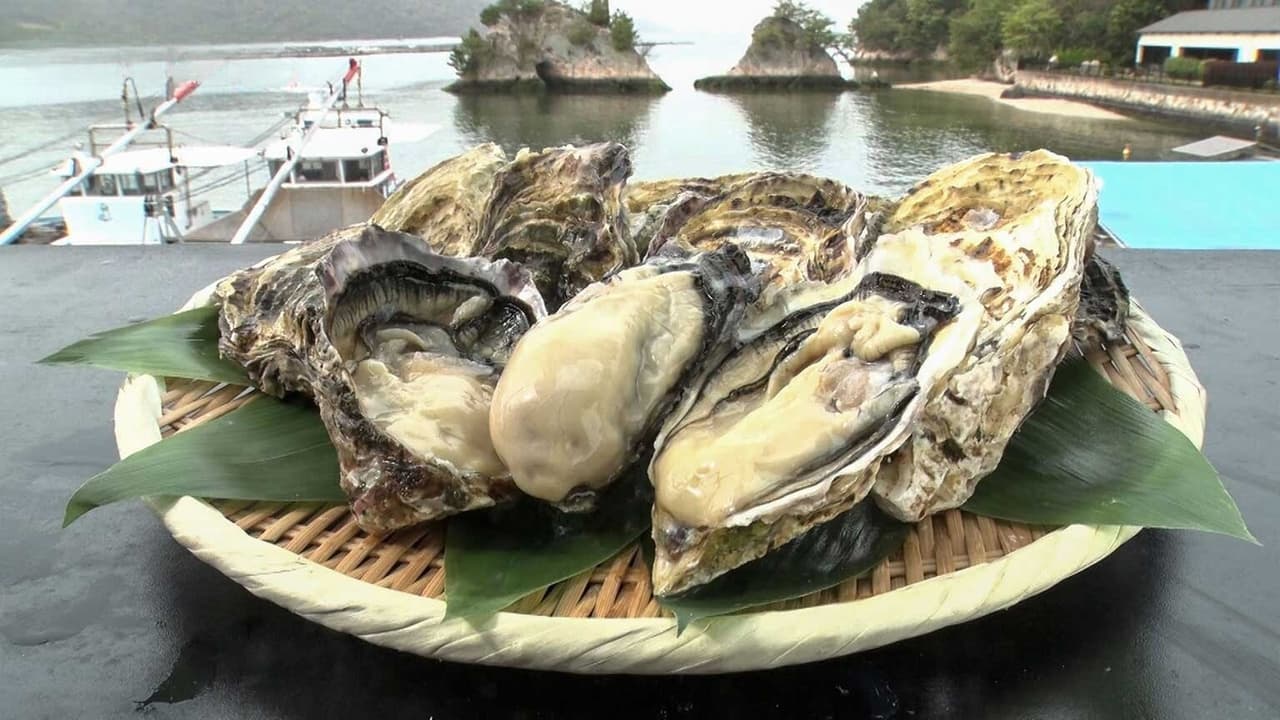
NISHIN
Episode 9 - 5-22-2024


ISE-EBI
Episode 8 - 5-08-2024


WAKASAGI
Episode 7 - 4-24-2024


FUKINOTO
Episode 6 - 4-10-2024


MENTAIKO
Episode 5 - 3-20-2024


KOYA-TOFU
Episode 4 - 3-13-2024


CARROT
Episode 3 - 2-21-2024


PANKO
Episode 2 - 2-07-2024


KIWI
Episode 1 - 1-24-2024



Season 5
GOBO
Episode 22 - 12-27-2023

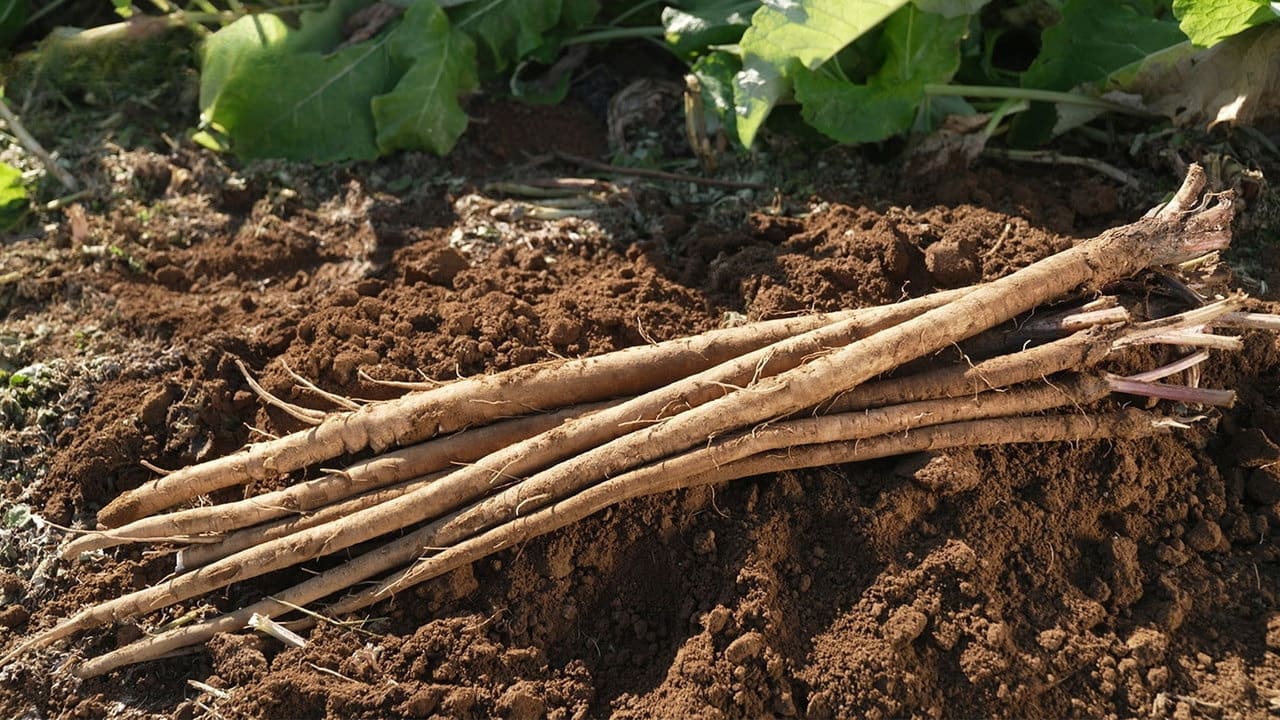
APPLES
Episode 21 - 12-06-2023


SAITAMA WHEAT
Episode 20 - 11-22-2023


GOBO
Episode 19 - 12-27-2023


APPLES
Episode 18 - 12-06-2023


SAITAMA WHEAT
Episode 17 - 11-22-2023


JAPANESE GIN
Episode 16 - 11-08-2023


NODOGURO
Episode 15 - 10-25-2023


WAGASHI
Episode 14 - 10-18-2023


FUKUSHIMA: FRUIT KINGDOM
Episode 13 - 9-27-2023


JAPANESE CURRY
Episode 12 - 9-13-2023


JAPANESE MUSTARD
Episode 11 - 8-02-2023


BUTTER
Episode 10 - 7-19-2023


HOYA
Episode 9 - 7-12-2023


YUBA
Episode 8 - 6-14-2023


HIMONO
Episode 7 - 5-31-2023


YOMOGI
Episode 6 - 5-17-2023


KUZU
Episode 5 - 4-19-2023


SOMEN
Episode 4 - 3-22-2023


WASANBON
Episode 3 - 3-08-2023


SERI
Episode 2 - 2-15-2023


SHIITAKE
Episode 1 - 1-25-2023



Season 4
KAKI
Episode 28 - 12-28-2022


HORSEHAIR CRABS
Episode 27 - 12-21-2022


SABA
Episode 26 - 12-07-2022


KAKI
Episode 25 - 12-28-2022


HORSEHAIR CRABS
Episode 24 - 12-21-2022


SABA
Episode 23 - 12-07-2022


FIG
Episode 22 - 11-23-2022


GINKGO NUTS
Episode 21 - 11-16-2022


JAPANESE CHESTNUT
Episode 20 - 11-02-2022


MAITAKE
Episode 19 - 10-05-2022


GOYA
Episode 18 - 9-14-2022


WATERMELON
Episode 17 - 8-10-2022


SAKURA
Episode 16 - 7-27-2022


SALT
Episode 15 - 7-06-2022


JAPANESE TEA
Episode 14 - 6-22-2022


CABBAGE
Episode 13 - 6-08-2022


SAZAE
Episode 12 - 5-25-2022


SHIRASU
Episode 11 - 5-04-2022


TAKENOKO
Episode 10 - 4-20-2022


NERIMONO
Episode 9 - 3-30-2022


SAKE
Episode 8 - 3-23-2022


TSUKEMONO
Episode 7 - 3-17-2022


AME
Episode 6 - 3-08-2022


NORI
Episode 5 - 3-01-2022


CHOCOLATE
Episode 4 - 2-23-2022


BEAN SPROUTS
Episode 3 - 2-02-2022


BANANAS
Episode 2 - 1-20-2022


MOCHI
Episode 1 - 1-13-2022



Season 3
SWEET POTATO
Episode 21 - 12-29-2021


NEGI
Episode 20 - 12-15-2021


FURIKAKE
Episode 19 - 12-08-2021


SILKIE CHICKEN
Episode 18 - 12-01-2021


SALMON
Episode 17 - 11-23-2021


SENBEI
Episode 16 - 11-16-2021


ABURA-AGE
Episode 15 - 11-09-2021


SOY SAUCE
Episode 13 - 10-12-2021


SWEET POTATO
Episode 12 - 12-29-2021


NEGI
Episode 11 - 12-15-2021


FURIKAKE
Episode 10 - 12-08-2021


SILKIE CHICKEN
Episode 9 - 12-01-2021


SALMON
Episode 8 - 11-23-2021


SENBEI
Episode 7 - 11-16-2021


ABURA-AGE
Episode 6 - 11-09-2021


SOY SAUCE
Episode 5 - 10-12-2021


WAGYU
Episode 4 - 9-07-2021


DAIKON
Episode 3 - 2-04-2021


FUGU
Episode 2 - 1-27-2021


AZUKI BEAN
Episode 1 - 1-07-2021



Season 2
CUTLASSFISH
Episode 22 - 12-31-2020


TOGARASHI PEPPER
Episode 21 - 12-17-2020


PEANUTS
Episode 20 - 12-10-2020


CUTLASSFISH
Episode 19 - 12-31-2020


TOGARASHI PEPPER
Episode 18 - 12-17-2020


PEANUTS
Episode 17 - 12-10-2020


WASABI
Episode 16 - 12-03-2020


SESAME
Episode 15 - 11-12-2020


SATO-IMO
Episode 14 - 11-05-2020


PEAR
Episode 13 - 10-15-2020


HONEY
Episode 12 - 10-08-2020


SAUCE
Episode 11 - 9-23-2020


KAMABOKO
Episode 10 - 9-03-2020


STRAWBERRIES
Episode 9 - 5-14-2020


SHIRAUO
Episode 8 - 5-07-2020


MARLIN
Episode 7 - 4-22-2020


BREAD
Episode 6 - 4-08-2020


SHARK
Episode 5 - 3-11-2020


BURI
Episode 4 - 2-26-2020


KOMATSUNA
Episode 3 - 2-12-2020


GINGER
Episode 2 - 1-22-2020


NOZAWANA
Episode 1 - 1-08-2020



Season 1
SOBA
Episode 18 - 12-18-2019


HOKKIGAI
Episode 17 - 12-04-2019


MIKAN
Episode 16 - 11-20-2019


RICE
Episode 15 - 11-06-2019


CHEESE
Episode 14 - 10-23-2019


KANPYO
Episode 13 - 10-09-2019


EGGPLANT
Episode 12 - 9-25-2019


VINEGAR
Episode 11 - 9-11-2019


MANGO
Episode 10 - 8-14-2019


AJI
Episode 9 - 7-31-2019


KAREI
Episode 8 - 7-17-2019


TOFU
Episode 7 - 6-27-2019


MATCHA
Episode 6 - 6-12-2019


HIJIKI
Episode 5 - 5-28-2019


NATTO
Episode 4 - 5-15-2019


ONIONS
Episode 3 - 5-01-2019


LEMONS
Episode 2 - 4-10-2019


MAGURO
Episode 1 - 3-27-2019




